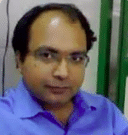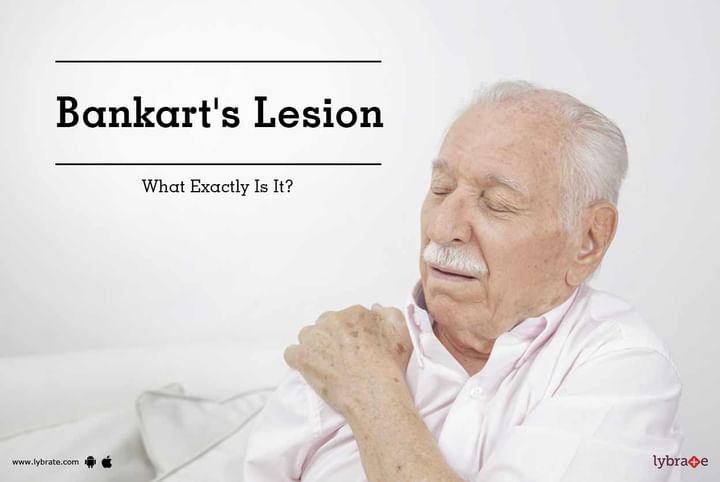Bankart's Lesion - What Exactly Is It?
The shoulder is one of the most intricate joints in the body and given that it is subjected to a lot of lifting and movements, there are chances for it to tear or dislocate. The shoulder is a ball-and-socket joint with the socket in the shoulder, and the ball in the upper arm. The joint space between the two bones is surrounded by cartilage, and the space between the two is filled with fluid. Especially in athletes, due to forceful movement, this joint could get dislocated or the cartilage could tear.
The Bankart lesion is when there is a tear of the cartilage in the central anterior shoulder. This causes the cartilage to be damaged, allowing the humeral head to slip down from the socket. When the arm is extended down or to the side, it is commonly dislocated. This can happen posteriorly also, but this movement and so the injury is less likely than an anterior dislocation. If there is also a fracture of the shoulder bone with this dislocation, then it is known as bony or osseous Bankart lesion.
Causes: Bankart lesions can be acute or chronic. Acute is when there is sudden dislocation due to sports activity or accidents. Repetitive use of the shoulder can also lead to chronic Bankart lesions. This is usually seen in sportspersons like swimmers, tennis players, and weightlifters.
Signs and Symptoms:
- Pain: The most common symptom with Bankart is shoulder pain that restricts any kind of movement. One may find it difficult pick up things or lifting your hands and in some cases, it is difficult to even sit straight.
- Weakness: The shoulder feels weak and one is unable to perform normal activities
- Instability: One may lose the grip and strength.
- Limited movement: The range of motion of the shoulder may be reduced compared to before the injury.
- Crackling: The damage to the fibrous cartilage produces a crackling sound, which can be heard during the movement of the shoulder.
Diagnosis: A combination of symptoms, physical examination, X-ray, and MRI can help in confirming the diagnosis.
The course of treatment depends on the cause and condition of the patient. An exercise regimen is prescribed as the first step in the treatment process. If there is inadequate progress, or if the pain seems to be recurrent, open or closed shoulder surgery may be recommended to include the following:
- Arthroscopy (closed surgery) to repair the cartilage damage
- Ligament re-attachment
- Bone reshaping
- Cartilage build up and reshaping
- Ligament repair to improve stability
Any of these shoulder surgeries would be followed up with measures to reduce further injury. It is therefore advised to visit a doctor in case of any such discomfort as he/she will be able to find out the severity of the situation and devise a treatment plan accordingly.



+1.svg)
